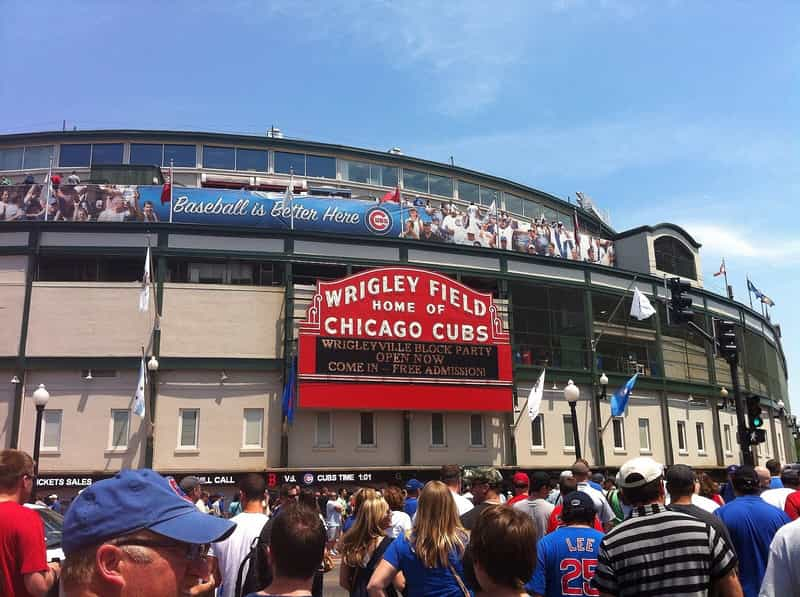Pier
Marquette Building
In architecture, a "pier" refers to a vertical structural component or a section of a wall located between two openings, such as windows or doors. Piers provide support and stability to the wall or structure, often reinforcing the load-bearing capacity and distributing forces more evenly. They can be constructed from various materials, including masonry, concrete, or steel, and their design can range from plain to highly decorative, depending on the architectural style.
Piers are crucial in supporting and stabilizing structures, particularly in buildings with large window openings or expansive facades. They can also serve as visual elements that enhance the architectural rhythm and proportion of a building.
In Chicago, several notable buildings feature prominent piers. The Rookery Building, completed in 1888, exemplifies the use of piers in its facade design, where vertical piers between windows add to the building's ornamental detailing. The Wrigley Building, completed in 1924, showcases vertical piers that define its Renaissance Revival style and contribute to its distinctive appearance. Additionally, the Chicago Board of Trade Building, with its Art Deco design, uses piers to accentuate its verticality and structural form.























